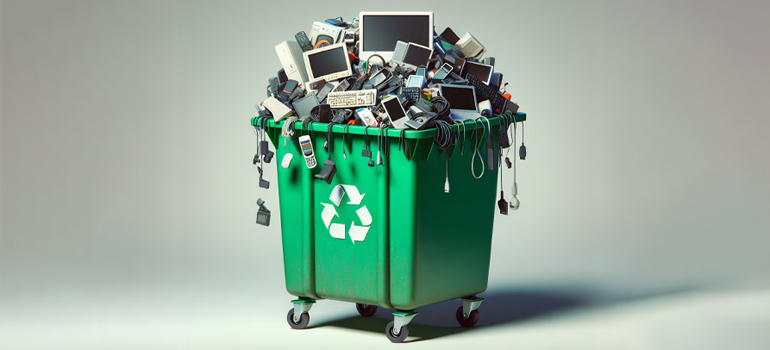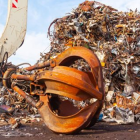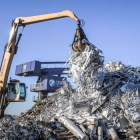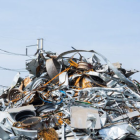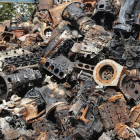As technology continues to evolve, we’re constantly upgrading our gadgets—new phones, faster laptops, smarter TVs. But what happens to the old ones? Many of them end up as electronic waste, or e-waste, and it’s becoming a serious environmental issue. In the UK alone, we produce over 1.6 million tonnes of e-waste every year.
If you’re wondering how you can do your bit for the environment, this guide will help you understand the basics of e-waste recycling in the UK and how to get started.
What is E-Waste?
E-waste refers to discarded electrical or electronic devices. This includes:
- Mobile phones
- Computers and laptops
- Televisions
- Fridges and microwaves
- Batteries and chargers
- Printers and other peripherals
Basically, anything with a plug or a battery that you’re no longer using can be classified as e-waste.
Why is E-Waste Recycling Important?
- Environmental Protection
Many electronics contain hazardous materials like lead, mercury, and cadmium, which can pollute the soil and water if not disposed of properly. - Resource Recovery
Electronics also contain valuable materials like gold, copper, and aluminium. Recycling allows these to be reused, reducing the need for new raw materials. - Legal Compliance
In the UK, businesses and individuals are required to dispose of electrical waste responsibly under the Waste Electrical and Electronic Equipment (WEEE) Regulations.
How to Recycle E-Waste in the UK: A Step-by-Step Guide
1. Check If It Can Be Reused
Before recycling, ask yourself:
Is it still working?
If yes, consider donating it to a local charity, school, or reuse centre. You can also sell or give it away via platforms like Gumtree, Freecycle, or Facebook Marketplace.
2. Use a Local Council Collection or Drop-Off Point
Most local councils offer recycling centres (HWRCs) that accept e-waste. You can find your nearest one by visiting:
👉 https://www.recycleyourelectricals.org.uk/
3. Retailer Take-Back Schemes
Under WEEE regulations, many retailers offer take-back or in-store drop-off schemes when you buy a new item. Retailers like Currys, John Lewis, and Argos often accept old electronics even if you’re not buying a replacement.
4. Use a Licensed E-Waste Recycler
For larger volumes (especially for businesses), it’s better to contact a licensed WEEE recycling company that can collect and recycle the items responsibly.
5. Wipe Your Data First
If you’re disposing of laptops, phones, or tablets, make sure to wipe all personal data. Factory reset the device and remove any memory cards or SIMs.
Bonus Tips
- Label and store your old electronics properly until you’re ready to recycle.
- Separate batteries—they need to be recycled separately and are accepted at most supermarkets.
- Avoid fly-tipping—illegal dumping can lead to heavy fines.
Final Thoughts
E-waste recycling doesn’t have to be complicated. With a bit of awareness and effort, we can all help reduce pollution, conserve resources, and make the UK a greener place. Start small—recycle that old phone lying in your drawer—and you’ll be surprised how good it feels to do your part.
Let’s keep tech out of landfills and put it back to good use!

